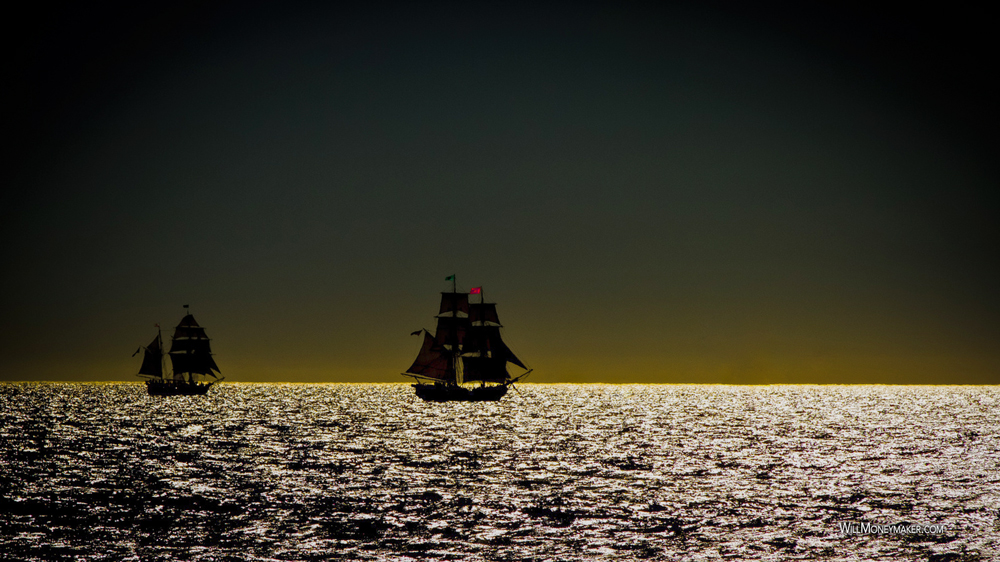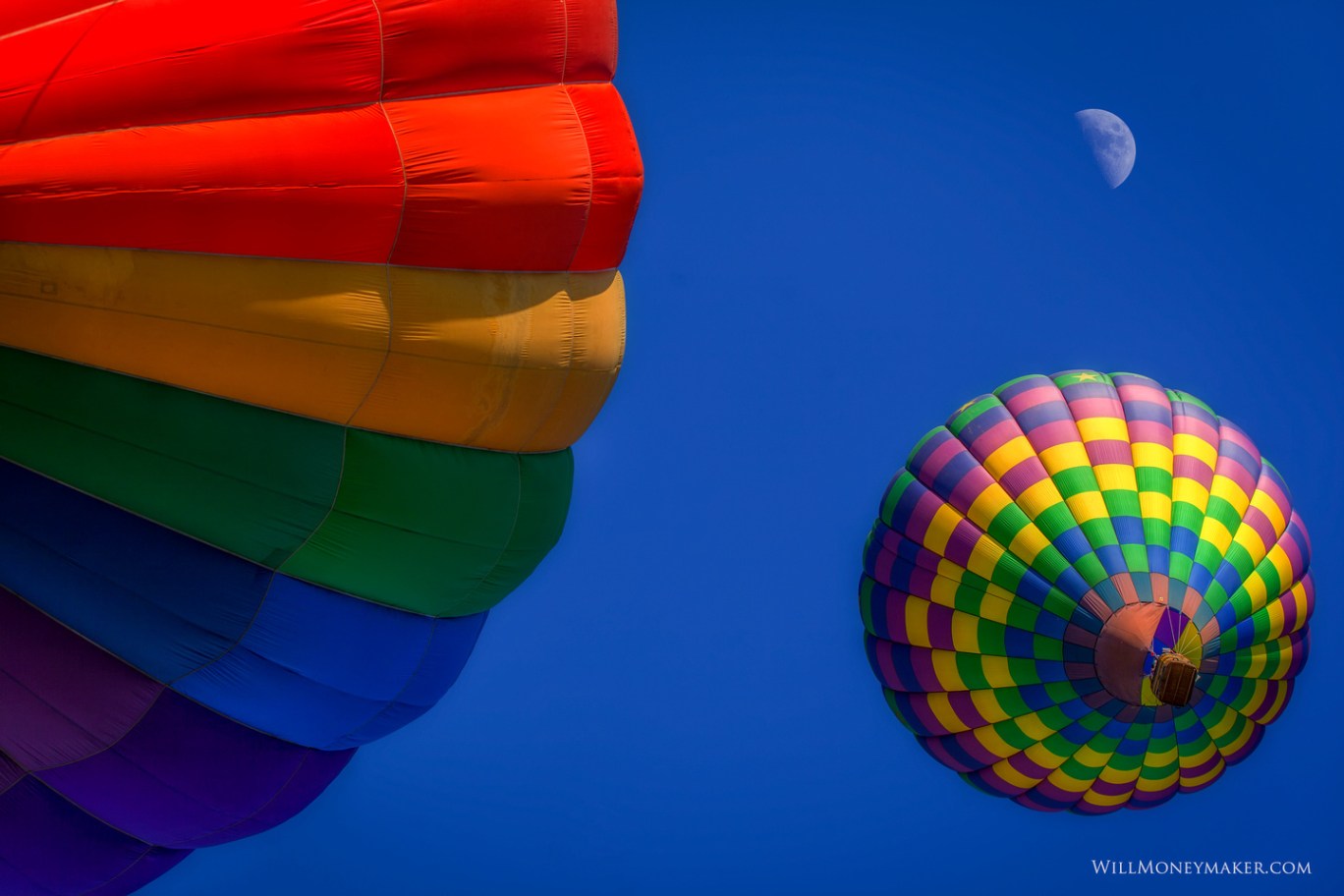Text and images are a natural pairing. They go together like birds of a feather, you could say! But truthfully, both are an art form, and both are rich and descriptive. What better way to further enhance our photographs than with a meaningful bit of prose? Of course, not all images need some sort of text to accompany them, but for some, it could prove helpful. And some photographers may even find it enjoyable to design images around text, or at least, to design images with the intent of writing a little something about them later on.
The thing to remember about combining the written word with the photograph, however, is that there is a wrong way to go about it! So let me explain what you should avoid, and then I’ll list a few ways that you can take your images to the next level with accompanying prose!
What Not to Do
The natural inclination for photographers is to talk about the technical stuff. This includes how the photographs were created—the types of gear that we used, the camera settings, the lighting rig and so on. To a photographer, this is interesting because it represents all the technical knowhow that went into an image.
Similarly, photographers often talk about the inspiration behind the image, thinking that it is important to direct viewers to see what the original intent was. Or sometimes, photographers include sort of a resume or a curriculum vitae by talking about their own backgrounds. This includes not only their photographic education, but also their photographic roots and notable awards or accomplishments.
The problem with this, as I mentioned, is that these things are usually only interesting to the photographer, and sometimes to other photographers who may be looking to recreate something of what the original artist captured, either through technical details or education. To the viewer, though, none of these things enhance the content of the image or the meaning they take from the image. It’s just extra details that are likely to be skimmed, if, indeed, a viewer pauses to regard them at all. In some cases, the information—especially gear and settings—may be entirely meaningless to a viewer who simply enjoys images but has never learned much about the mechanical side of photography.
Text Should Add Meaning
If we’re not explaining how the photograph was made, then what is it that we should be writing about? This is the most important question a photographer can ask before including text: Does it add to the image in some way? By adding to the image, it should add meaning, depth, essential information, or a perspective that viewers wouldn’t have gotten any other way. In other words, if it isn’t new and insightful, then it’s probably not necessary.
This could take the form of essays designed to build on the existing meaning. They can be short—just a paragraph—or longer, as much as a page. Though bear in mind that the more text you include, the less likely it is that viewers will read it through! Time is, after all, limited. And when you present photography as the medium, people may not be prepared to read lengthy discussions. But if you do choose to write essays, then they can help in a variety of ways, particularly when a photograph’s meaning isn’t directly evident within the photograph itself. It’s sort of like adding an additional layer to what is already there.
Background information is another kind of text that you may want to add. Think of it a little bit like National Geographic. That is one publication noted for stunning photography—and those photos are always accompanied with some sort of text to explain what the images are about. This is particularly helpful if you’re photographing little-known subject material, or when you’re photographing material that has an interesting background. Accompanying text can discuss facts about the photo’s subjects, history or any other enlightening thing that viewers can’t get simply by looking at the image. This turns the photograph into not only a visual treat but a learning experience, too.
Where projects are concerned, text can be a nice way to help tie each image together so that the whole thing tells a cohesive story. You can do this with essays or short paragraphs to accompany each image or an essay that conveys the story of the entire project. Another approach would be to add subtitles or small lines to accompany each image, just as an explanation for the role the image plays within the overarching story. Again, as with any other kind of prose, the objective is to convey what isn’t immediately apparent. Within projects, use the written word to enhance progression, show evolution, or to help make the unfolding story a little clearer.
Sometimes, you’ll have a photograph where one meaning might be perfectly clear, but there could be secondary meanings that you’d like to add to it. Photographs with natural themes can be examples of this. To look at the image, the viewer takes away the beauty of nature. But what if you have a secondary cause that you’d like to add to the image, like environmentalism? Photographs of wildlife can not only display the majesty of wild animals but support research, rescue or conservation efforts. These are the types of things that are not likely to be immediately apparent within a photograph, but with a little bit of prose, you can add those meanings! Text requires just as much thought and planning as the photographs themselves. But, it’s also a powerful tool that you shouldn’t overlook. It can be used in so many different ways to build on your existing images. The trick is to figure out which words viewers will be interested in seeing, and just include those. Skip all the extraneous stuff and keep your prose as simple as you can while delivering the message you want!






